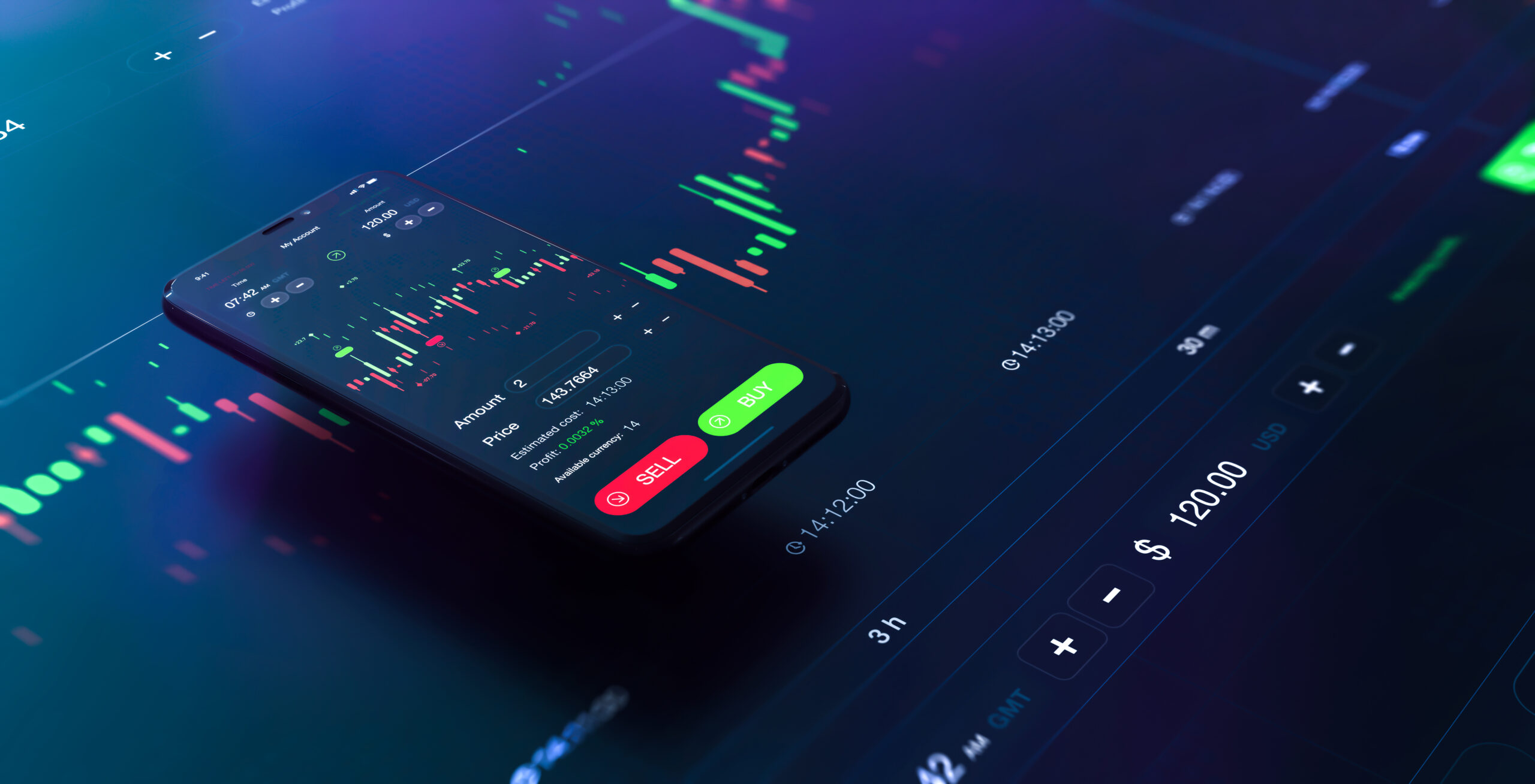Trading in index CFDs can be a great way to get involved with the financial markets and benefit from potential price movements without buying physical stocks. Index CFD trading allows investors and traders to speculate on an overall index instead of just one particular stock or asset. This type of trading gives users leverage, meaning they can take more significant positions than if they were buying physical stocks for the same capital outlay.
Therefore, in this article, we will talk about how someone new to investing can trade in index CFDs, what factors should be considered when making your trades and how you can capitalize on indices trending upwards or downwards.
What are CFDs?
Contracts for Difference, or CFDs, are financial derivative instruments allowing traders to speculate on the price movements of different assets without owning any. It is a popular trading vehicle that provides investors with increased access to otherwise inaccessible or prohibitively expensive markets.
Traders can go long or short on positions, trade with leverage on CFDs and benefit from market changes in either direction. In doing so, they do not necessarily need vast amounts of capital to start trading and instead can use relatively little money upfront. It makes CFDs appealing to risk-wary traders since they don’t have to commit funds beyond what is necessary for initial margin requirements.
Increasingly more instruments are becoming available through CFDs, including stocks, commodities and cryptocurrency pairs. So, it’s no surprise that CFD trading continues to hold strong appeal for many investors looking to diversify their portfolios in busy times.
What are index CFDs?
Index CFDs track a particular index, such as the S&P 500 or the NASDAQ. Traders can use CFDs to speculate on the performance of an overall index instead of trading individual stocks. This type of CFD trading offers more diversification than just trading individual stocks since it can capitalise on the index’s performance.
Index CFDs provide traders access to the same financial market instruments available for trading individual stocks, but without having to buy any physical assets. It makes CFD trading a cost-effective and convenient way of diversifying your portfolio. You can also find opportunities when indices move in either direction.
Why should traders use CFD indexes?
CFD indexes offer traders the opportunity to benefit from potential price movements of an underlying index without having to purchase any physical stocks. They can also access markets with higher liquidity and more significant trading opportunities than would otherwise be available for individual stocks.
CFD indexes also provide investors with more diverse diversification possibilities since they are trading on a group of assets instead of just one. CFD trading also offers traders increased access to different markets with lower capital outlay than would be necessary for buying physical assets, providing them with more significant leverage potential and potentially higher returns on their investments.
Additionally, CFD trading allows traders to take positions in both directions, meaning they can benefit from market movements in either direction, whether the market is rising or falling. CFD indexes are also an ideal choice for traders who don’t have a lot of capital to invest, as they can start trading with relatively small amounts of capital due to leverage and margin requirements.
What factors influence CFD index trading?
Various factors influence CFD index trading, including news, economic data and overall market sentiment. Traders should look for market trends to help determine what direction the indices are moving in and pay close attention to relevant news that may affect the performance of specific indices and CFDs more generally.
It is also essential to consider the level of volatility when CFD trading to ensure that you are taking a position suitable for your risk appetite. CFD indexes offer increased access to markets, but depending on the index and existing market conditions, they can also be more volatile than other CFDs or investment options.
Finally, it is important to remember that CFD trading carries risk and CFDs should not be regarded as a long-term investment solution. CFDs are derivatives and can result in losses that exceed the initial margin deposit. Therefore, it is essential to open a CFD demo account before starting to trade CFDs so that you can get accustomed to the risks and learn how to trade.
What strategies should traders use for CFD indices?
Since CFDs are leveraged instruments, traders must take a disciplined approach to maximise their potential advantages and limit their exposure to losses.
A trend following is one of the most commonly used strategies for CFD index trading. It involves taking positions that follow the market’s underlying trends and closing the positions when the trend has ended. By following market trends, traders can benefit from buy-and-sell opportunities that arise along the way and take advantage of any potential gains in the price movements of indices.









